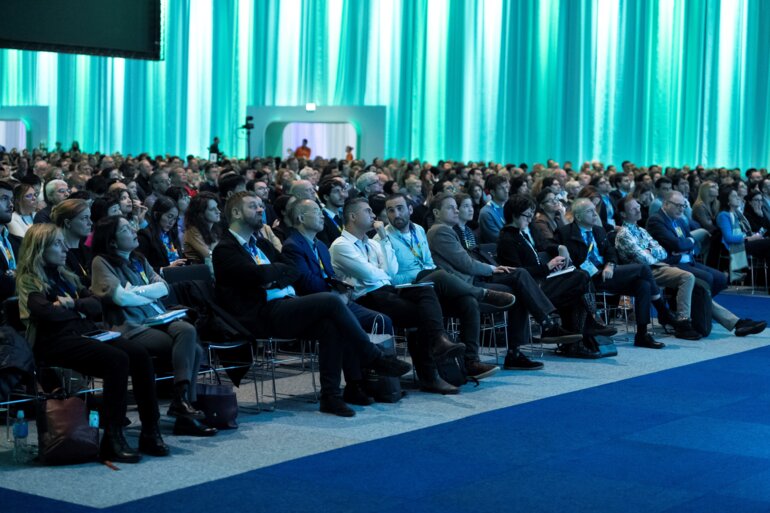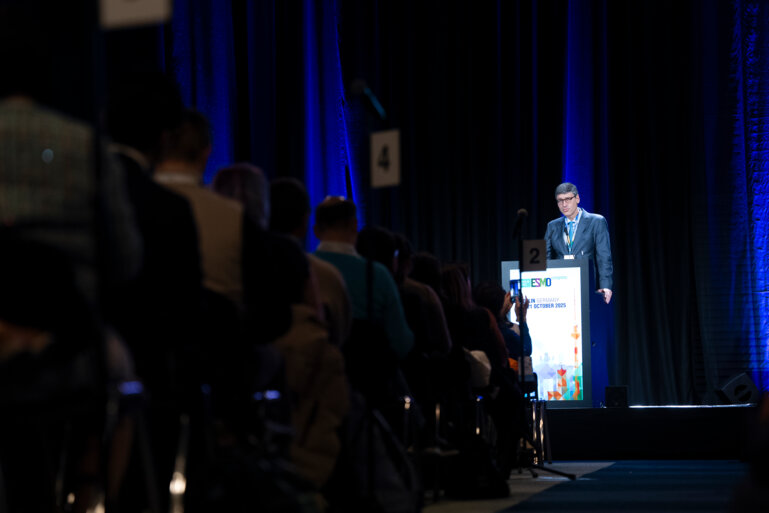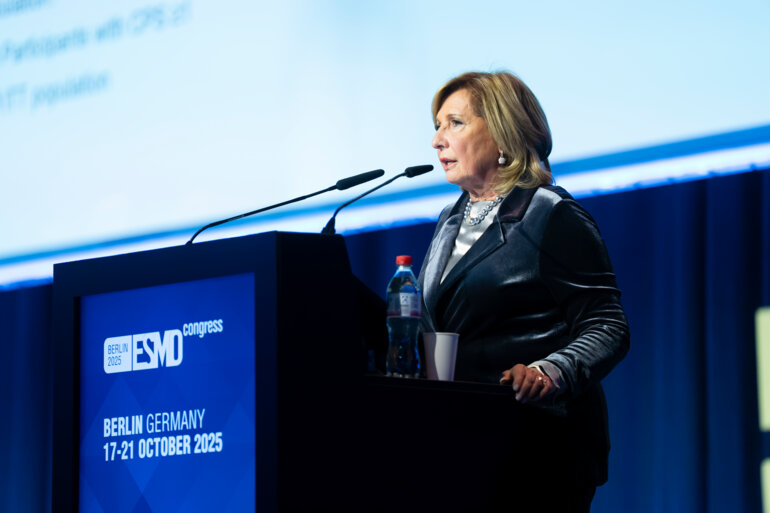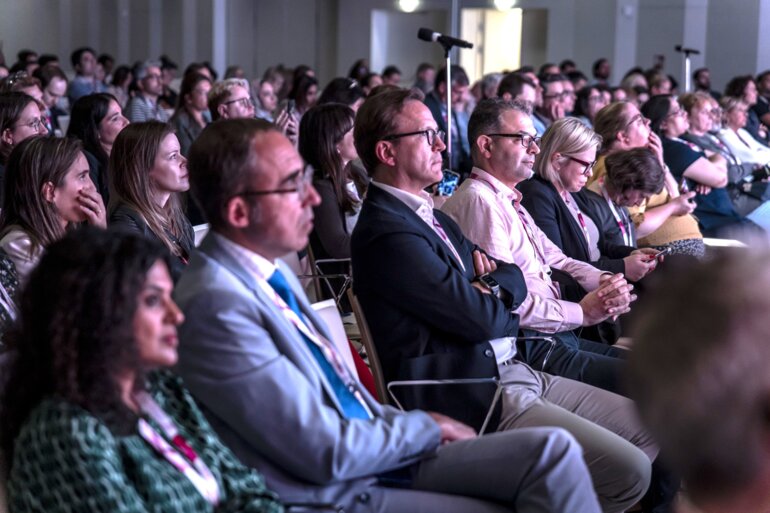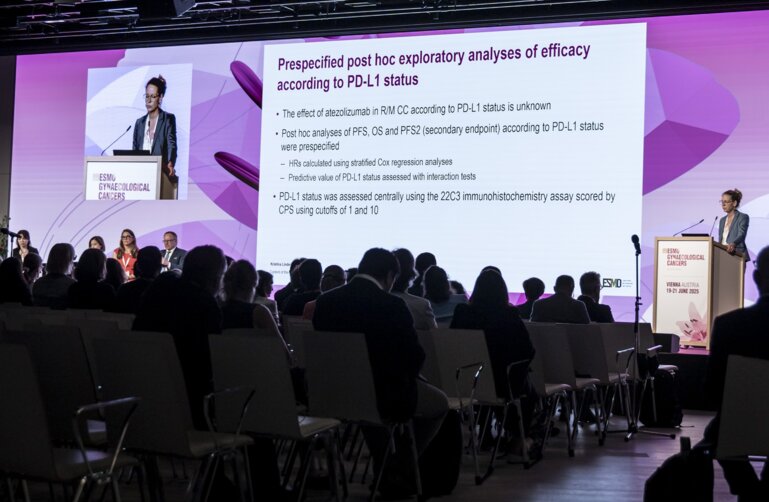Recent research indicates that older age remains a barrier to accessing optimal treatment, despite a growing number of patients over 70 with ovarian and endometrial tumours
In the context of a globally aging population, the unequal treatment of elderly women with gynecologic cancers is a sober reality and a matter of concern for the future.
Ovarian cancer remains one of the deadliest gynecologic malignancies globally, with an estimated 313,959 new cases and 207,252 deaths reported in 2020 (CA Cancer J Clin. 2021 May;71(3):209-249). The worldwide incidence has remained relatively stable over the last decade, but the median age at diagnosis has not changed significantly, ranging from 63 to 65 years in most high-income countries (National Cancer Institute, 2023). However, demographic trends indicate a shift toward older patients being diagnosed, especially in countries with increasing life expectancy (CA Cancer J Clin. 2018 Jul;68(4):284-296).
In contrast, endometrial cancer has seen a notable rise in global incidence by more than 20% between 2012 and 2022 with 417,367 new cases and 97,370 deaths in 2020 (CA Cancer J Clin. 2021 May;71(3):209-249). The disease has a bimodal age distribution, but is most common in postmenopausal women, with a median age of 62–65 years (Lancet. 2016 Mar 12;387(10023):1094-1108). While metabolic risk factors such as obesity and diabetes are contributing to more cases in younger women, mortality remains highest among older patients and those with non-endometrioid, aggressive histologies (J Clin Oncol. 2013 Jul 10;31(20):2607-18).
At the ESMO Gynecological Cancers Congress 2025, the AGO Study Group’s German registry-based study of 1,173 women with FIGO stage I/II ovarian cancer revealed a troubling reality: 65% of the patients aged ≥75 (n=228, 19% of the cohort) received suboptimal surgery, while 50% were not given platinum-based chemotherapy (Abstract 73MO). These deficits translated into dramatically worse outcomes: a four-year overall survival (OS) rate of 58% for elderly patients versus 87% in those under 75. By contrast, elderly patients who received optimal treatment achieved a 4-year OS of 89%, highlighting that age itself is not the limiting factor— but access to guideline-concordant care is.
Although these Germany-based study findings may not be generalisable to other settings, they reflect a common mispractice in oncology, where chronological age is taken as a substitute of individualised assessment of treatment fitness.
In contrast, the DUO-E trial, also presented in Vienna, offers a more inclusive outlook (Abstract 45P). This international phase III study evaluated durvalumab with or without olaparib added to carboplatin/paclitaxel for newly diagnosed advanced or recurrent endometrial cancer. Post hoc analyses stratified by age (<70 vs. ≥70 years) and body mass index (BMI) showed that progression-free survival (PFS) benefits were consistent across age groups. Hazard ratios (HR) for PFS with durvalumab plus chemo were 0.77 for patients ≥70 vs. 0.66 for those <70, and 0.41 for the combination with olaparib in the elderly subgroup. Safety outcomes were also consistent across age and BMI subgroups, suggesting that modern therapies can and should be considered irrespective of age.
Predictions indicate that by 2030, nearly 70% of ovarian cancer deaths and 60% of endometrial cancer deaths will occur in patients over 70, yet age-specific treatment frameworks remain underdeveloped (Cancer Epidemiol. 2017 Apr:47:7-19). With this in mind, data presented at the Congress must be interpreted as a call to action to stop using age as a surrogate for tolerance, survival, or intensity modulation of planned medical interventions. Instead, age-inclusive trial designs, geriatric assessment in daily practice, and a therapeutic mindset grounded in biological, and not just chronological, reality should guide oncologists’ clinical decisions. Age should not be seen as a barrier to high quality cancer care, rather it should serve as a catalyst for an inclusive, compassionate, and evidence-based oncology.
Programme details
Hilpert F, et al. Treatment and outcome of elderly patients with early ovarian cancer in Germany: QS ovar of the AGO study group. ESMO Gynaecological Cancers Congress 2025, Abstract 73MO
Mini Oral Session, 20.06.2025, h. 10:45 – 12:00, Hall D
Van Nieuwenhuysen E, et al. Durvalumab plus carboplatin/paclitaxel followed by durvalumab with/without olaparib as first-line treatment for endometrial cancer: Progression-free survival and safety by age above/below 70 years and with/without clinical obesity in the DUO-E trial. ESMO Gynaecological Cancers Congress 2025, Abstract 45P
Poster Display Session, 20.06.2025, h. 12:40 – 13:30, Hall X



